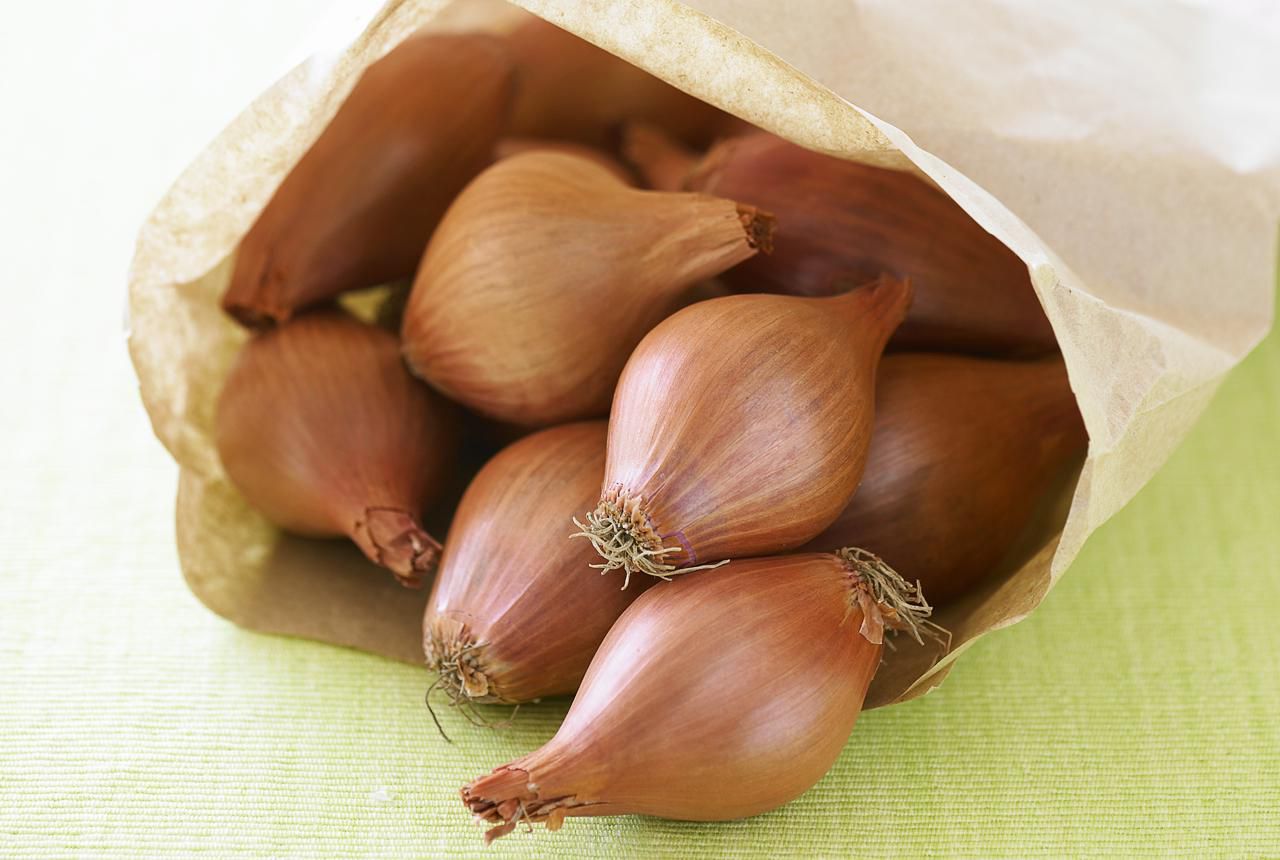

Articles
How To Store Shallots
Modified: January 6, 2024
Learn how to store shallots properly to keep them fresh for longer with these useful articles.
(Many of the links in this article redirect to a specific reviewed product. Your purchase of these products through affiliate links helps to generate commission for Storables.com, at no extra cost. Learn more)
Introduction
Welcome to a guide on how to store shallots! Whether you have grown an abundance of shallots in your garden or have bought a large quantity from the store, knowing how to properly store them is essential to maintain their freshness and flavor. Shallots, with their mild onion-like taste and versatile use in various culinary dishes, can be a valuable addition to your kitchen pantry.
In this article, we will explore the best practices for storing shallots, including tips on choosing high-quality shallots, preparing them for storage, and the different methods to store both fresh and peeled shallots. We will also delve into long-term storage options for shallot bulbs. By following these guidelines, you can extend the shelf life of your shallots, ensuring that they remain fresh and delicious for as long as possible.
So, let’s dive in and discover the secrets to properly store shallots!
Key Takeaways:
- Properly storing shallots is crucial for maintaining their freshness and flavor. Follow storage guidelines to control humidity, avoid light exposure, and ensure adequate ventilation for extended shelf life.
- From fresh shallots to peeled bulbs, various storage methods such as refrigeration, freezing, and pickling can extend the shelf life of shallots. Choose the best method based on quantity and intended use.
Read more: How To Store Shallots In The Fridge
Choosing and Preparing Shallots
When it comes to storing shallots, selecting high-quality shallots in the first place is crucial. Look for shallots that are firm, plump, and free from any signs of discoloration or soft spots. The outer skins should be dry and papery. Avoid shallots that are sprouting or have green shoots, as they indicate that the shallots are past their prime.
Before storing shallots, it is important to properly prepare them. Start by removing any loose dirt or debris from the shallots’ skins. Gently brush or wipe them with a dry cloth to clean off any excess soil. Avoid washing the shallots, as moisture can promote spoilage.
Once you have chosen and prepared your shallots, you can proceed to store them using various methods, depending on whether you have fresh, peeled, or bulb shallots.
Storage Guidelines
To ensure the longevity of your shallots, it is important to follow proper storage guidelines. Here are some general tips to keep in mind:
- Avoid exposure to light: Shallots are sensitive to light, which can cause them to spoil more quickly. Store shallots in a cool, dark place to prevent light exposure.
- Control humidity: Shallots prefer a slightly humid environment. Aim for a humidity level of around 50-60% to prevent them from drying out or becoming too moist.
- Optimal temperature: The ideal temperature for storing shallots is between 40-50°F (4-10°C). Avoid storing them in areas with extreme temperature fluctuations.
- Avoid exposure to moisture: Moisture can lead to rotting and mold growth. Keep shallots dry and avoid storing them in areas prone to humidity, such as the refrigerator.
- Adequate ventilation: Shallots need proper air circulation to prevent them from becoming suffocated and spoiling. Avoid storing them in sealed containers and opt for well-ventilated storage methods.
- Regularly inspect for spoiling: Check your shallots regularly for any signs of rotting or sprouting. Remove any spoiled shallots to prevent them from affecting the others.
By following these storage guidelines, you can extend the shelf life of your shallots and ensure that they stay fresh and flavorful for longer periods.
Storing Fresh Shallots
If you have freshly harvested or recently purchased shallots that have not been peeled, you can store them using the following methods:
- In a cool, dark pantry: Place the shallots in a mesh or paper bag and store them in a cool, dark pantry or cupboard. This method allows for proper air circulation and protection from light.
- In a vegetable storage container: If you prefer a more organized approach, you can use a vegetable storage container with good ventilation. Place the shallots in a single layer or wrap them in paper towels to absorb excess moisture, and store them in the refrigerator or a cool location.
- On a hanging rack: If you have a hanging rack or mesh bag, you can hang the shallots in a cool and well-ventilated area. This method keeps them off the ground and prevents them from getting damaged or rotting.
Remember to regularly check your fresh shallots for any signs of spoilage. Remove any shallots that are soft, moldy, or sprouting to prevent them from affecting the others. Keeping them properly stored will help maintain their flavor and freshness for several weeks.
Storing Peeled Shallots
If you have peeled shallots that you don’t plan to use immediately, there are a few methods you can use to store them:
- In the refrigerator: Place the peeled shallots in an airtight container or resealable bag and store them in the refrigerator. Make sure to remove any excess moisture or condensation from the container before sealing it. The refrigeration will help slow down the deterioration process and keep the shallots fresh for up to one week.
- In the freezer: Peel the shallots and chop or dice them if desired. Spread the chopped shallots in a single layer on a baking sheet lined with parchment paper. Place the baking sheet in the freezer until the shallots are frozen solid. Once frozen, transfer them to a freezer-safe bag or container. Frozen shallots can be stored for up to three months and are convenient for adding to your recipes directly from the freezer.
- In oil: Another option is to store peeled shallots submerged in oil. Place the peeled shallots in a clean glass jar and cover them completely with olive oil or another neutral oil. Seal the jar tightly and store it in the refrigerator. The oil will help preserve the shallots and add flavor to the oil as well. However, keep in mind that this method should only be used for short-term storage, as the shallots can spoil if stored for too long.
Remember to label and date the containers or bags to keep track of their freshness. When using stored peeled shallots, always ensure they are still fresh and have not developed any off odors or texture changes.
Now that you know how to store peeled shallots, you can enjoy the convenience of having them readily available for your culinary creations.
Store shallots in a cool, dry, and well-ventilated place, away from direct sunlight. You can also hang them in a mesh bag or store them in a paper bag with good air circulation. Avoid storing them in the refrigerator, as the moisture can cause them to sprout or rot.
Read more: How To Store Shallots Long Term
Storing Shallot Bulbs
If you have shallot bulbs that you want to store for an extended period, there are a few methods you can use to preserve their freshness:
- In a cool and dry location: Shallot bulbs can be stored in a cool and dry location, such as a basement or cellar. Make sure the area has good air circulation and is free from moisture. Place the bulbs in a wooden crate, mesh bag, or paper bag to allow for proper ventilation. Check regularly for any signs of sprouting or spoilage and remove any affected bulbs.
- Braiding: An alternative storage method for shallot bulbs is braiding. Gently clean and dry the bulbs, leaving the dried tops intact. Take three or four shallot bulbs and tie their tops together with twine or a rubber band. Add more bulbs to the braid, tying them in a similar fashion, until you have a complete braided string of shallots. Hang the braid in a cool, dry, and well-ventilated area, away from direct sunlight.
- In a container with dry substrates: Another method is to store the shallot bulbs in a container filled with dry substrates like sand, wood shavings, or sawdust. Place a layer of the substrate in the bottom of the container, then arrange the shallot bulbs on top in a single layer. Add more substrate to cover the bulbs completely. Store the container in a cool and dry location, periodically checking for any signs of spoilage.
When storing shallot bulbs, it’s important to monitor their condition regularly. Discard any bulbs that are soft, moldy, or showing signs of decay to prevent them from affecting the others.
By using these storage methods, you can extend the shelf life of shallot bulbs and enjoy their flavor and culinary benefits for several months.
Long-term Shallot Storage
If you’re looking to store shallots for an extended period, there are a few techniques you can employ:
- Curing: Curing is a process that involves drying the shallots after harvest to toughen their outer layers and extend their storage life. Start by harvesting the shallots and leaving them in a warm and well-ventilated area for about two to three weeks. This allows the shallots to dry out and develop a papery skin. Once cured, trim the leaves and roots before storing them using one of the methods mentioned earlier, such as in a cool and dry location.
- Freezing: Freezing is an excellent method for long-term storage of shallots. Begin by peeling and chopping the shallots, then spread them in a single layer on a baking sheet lined with parchment paper. Place the baking sheet in the freezer until the shallots are frozen solid. Transfer the frozen shallots to a freezer-safe bag or container and store them in the freezer for up to six months. Frozen shallots can be used directly in dishes without thawing.
- Pickling: Pickling is a fantastic way to preserve shallots while adding a tangy and flavorful twist. Start by peeling the shallots and blanching them in boiling water for a minute. Drain and then transfer the shallots into sterile jars. In a saucepan, heat a mixture of vinegar, water, sugar, and spices. Pour the hot liquid over the shallots, ensuring they are completely covered. Seal the jars tightly and store them in a cool and dark place. Allow the pickled shallots to sit for at least two weeks before consuming.
Each of these methods has its advantages and will suit different preferences and needs. Consider the quantity of shallots you have, the desired storage duration, and your intended use when choosing the best method for long-term storage.
With these long-term storage techniques, you can enjoy the flavor and versatility of shallots throughout the year!
Frequently Asked Questions
1. Can I store shallots in the refrigerator?
Yes, you can store shallots in the refrigerator. Just make sure to place them in an airtight container or resealable bag to prevent moisture loss and cross-contamination with other foods.
2. Can I freeze shallots?
Yes, shallots can be frozen. Peel and chop them before placing them in a freezer-safe bag or container. Freezing shallots will alter their texture, but they can still be used in recipes where texture is less important, such as soups, stews, and sauces.
3. How long do shallots last?
When stored properly, fresh shallots can last for several weeks, while peeled shallots can be stored for up to one week in the refrigerator. Shallot bulbs can be stored for several months if kept in a cool and dry environment.
4. How can I tell if a shallot has gone bad?
Spoiled shallots may develop a foul smell, become mushy or slimy, or show signs of mold or sprouting. Discard any shallots with these characteristics to avoid contamination.
5. Can I store shallots with other vegetables?
While shallots can be stored with other vegetables, it is best to keep them separate to prevent the transfer of odors and flavors. Some vegetables, such as potatoes and onions, release gases that can cause shallots to spoil more quickly.
6. Can I store shallots in oil?
Yes, you can store peeled shallots submerged in oil in the refrigerator. However, this should only be done for short-term storage, as the shallots can spoil if stored for too long. Keep an eye on the oil for any signs of spoilage or rancidity.
Remember, proper storage techniques will help maintain the quality and flavor of your shallots, ensuring that they stay fresh and ready to use whenever you need them.
Conclusion
Properly storing shallots is essential to preserve their freshness, flavor, and nutritional value. Whether you have just harvested a bountiful shallot crop from your garden or bought a large quantity from the store, following the right storage guidelines will ensure that your shallots remain in top condition for an extended period.
In this article, we explored various methods for storing shallots, including fresh shallots, peeled shallots, and shallot bulbs. We discussed the importance of choosing high-quality shallots and preparing them before storage. Additionally, we outlined guidelines for controlling humidity, avoiding exposure to light and moisture, and ensuring adequate ventilation.
From storing fresh shallots in a cool pantry or hanging rack to keeping peeled shallots in the refrigerator or freezer, there are several options to suit your preferences and needs. We also discussed long-term storage options such as curing, freezing, and pickling shallots to extend their shelf life.
By following these storage techniques and guidelines, you can enjoy the flavorsome taste of shallots throughout the year. Remember to periodically check your stored shallots for any signs of spoilage and remove any affected ones to prevent them from contaminating the rest.
Now that you are equipped with the knowledge of how to store shallots properly, you can confidently store your shallots and incorporate them into your culinary creations whenever you desire. So, make the most of shallot season and savor the incredible taste and versatility that these flavorful bulbs bring to your kitchen!
Frequently Asked Questions about How To Store Shallots
Was this page helpful?
At Storables.com, we guarantee accurate and reliable information. Our content, validated by Expert Board Contributors, is crafted following stringent Editorial Policies. We're committed to providing you with well-researched, expert-backed insights for all your informational needs.



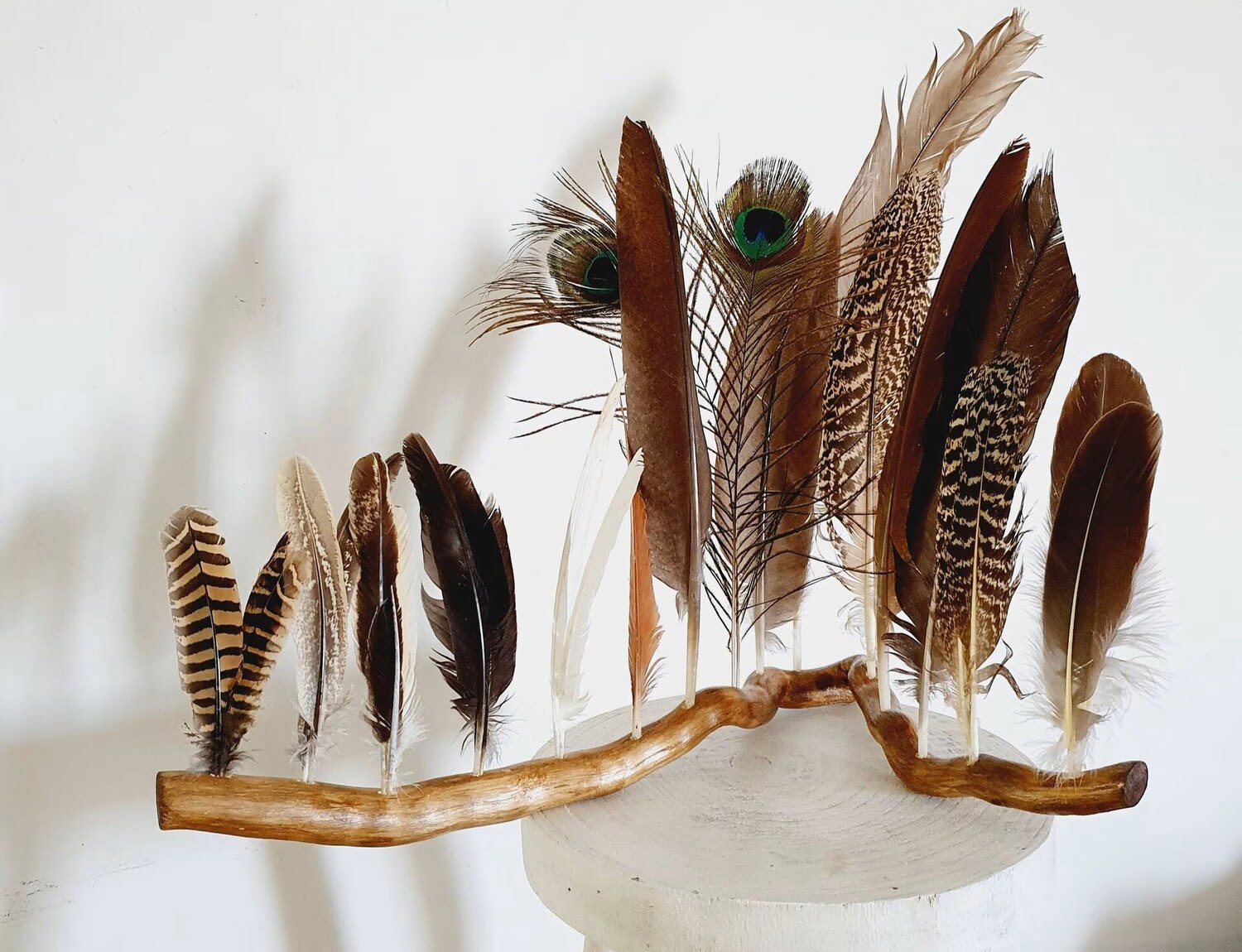

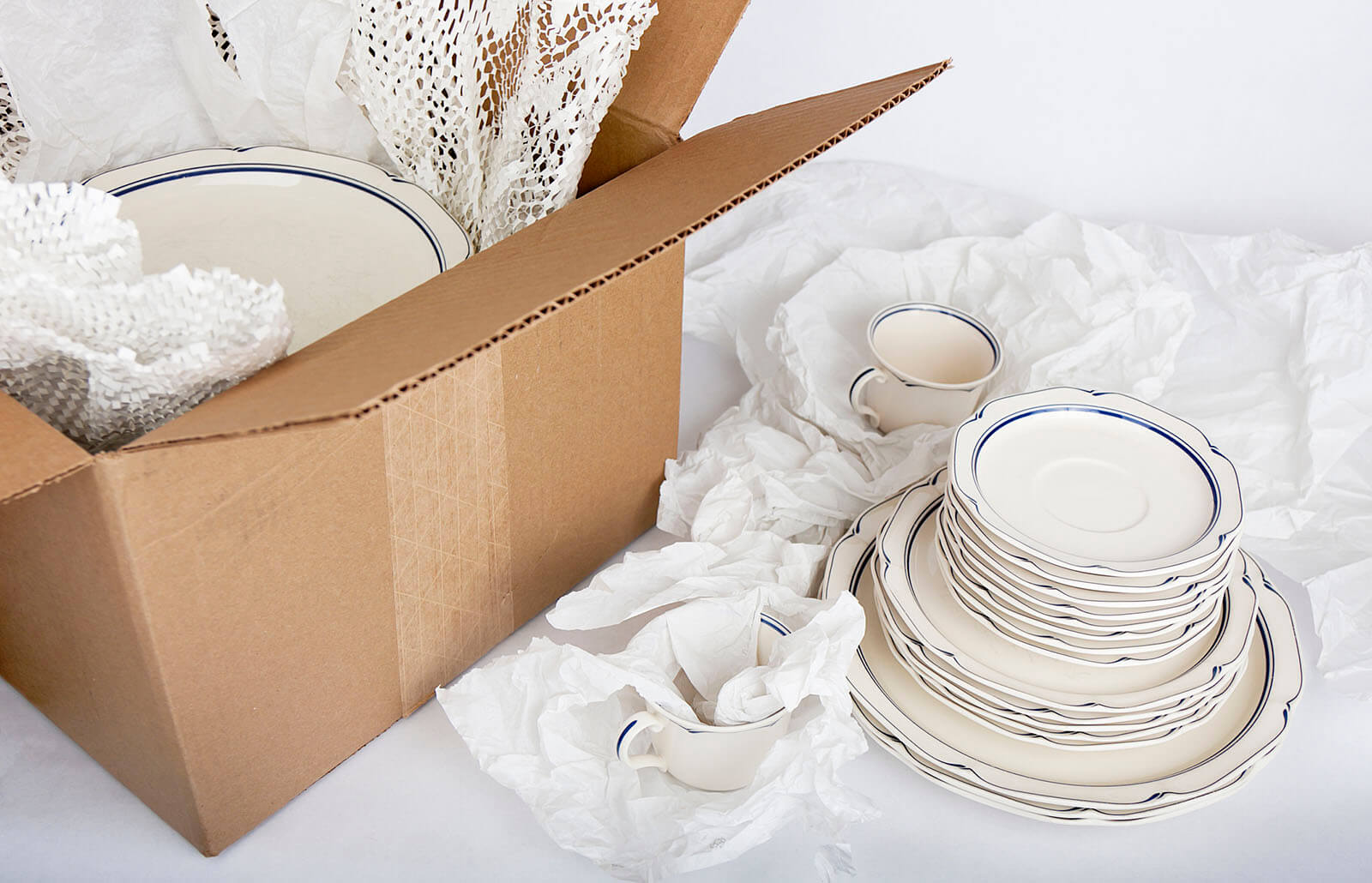



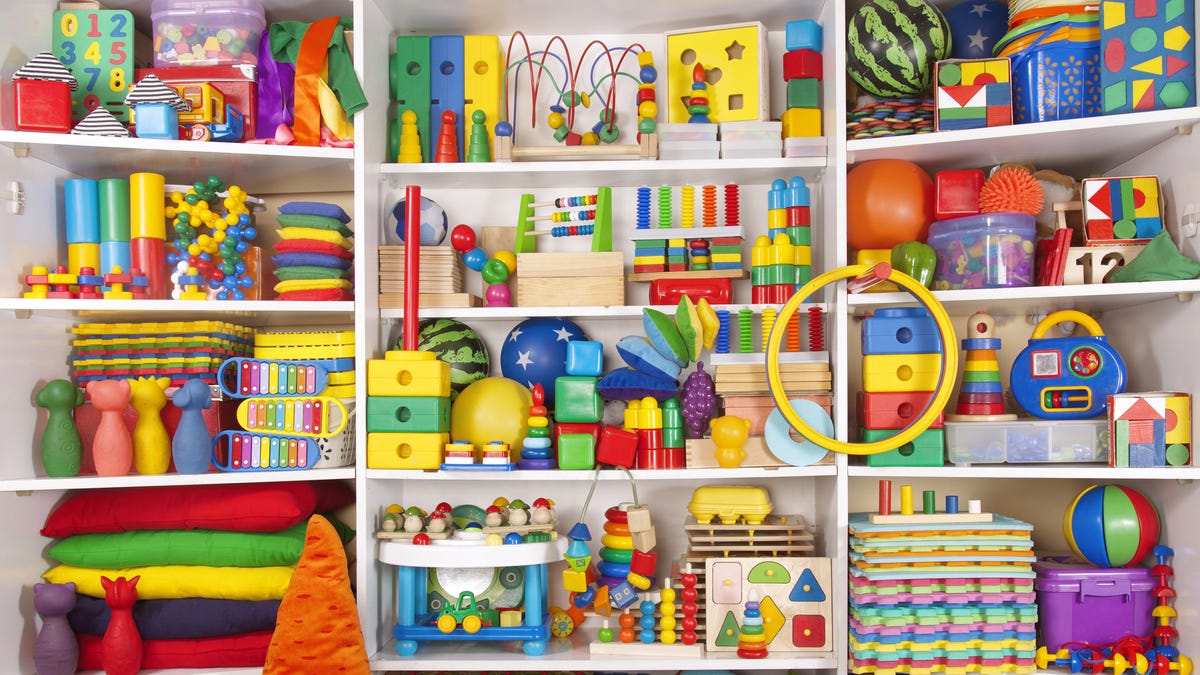
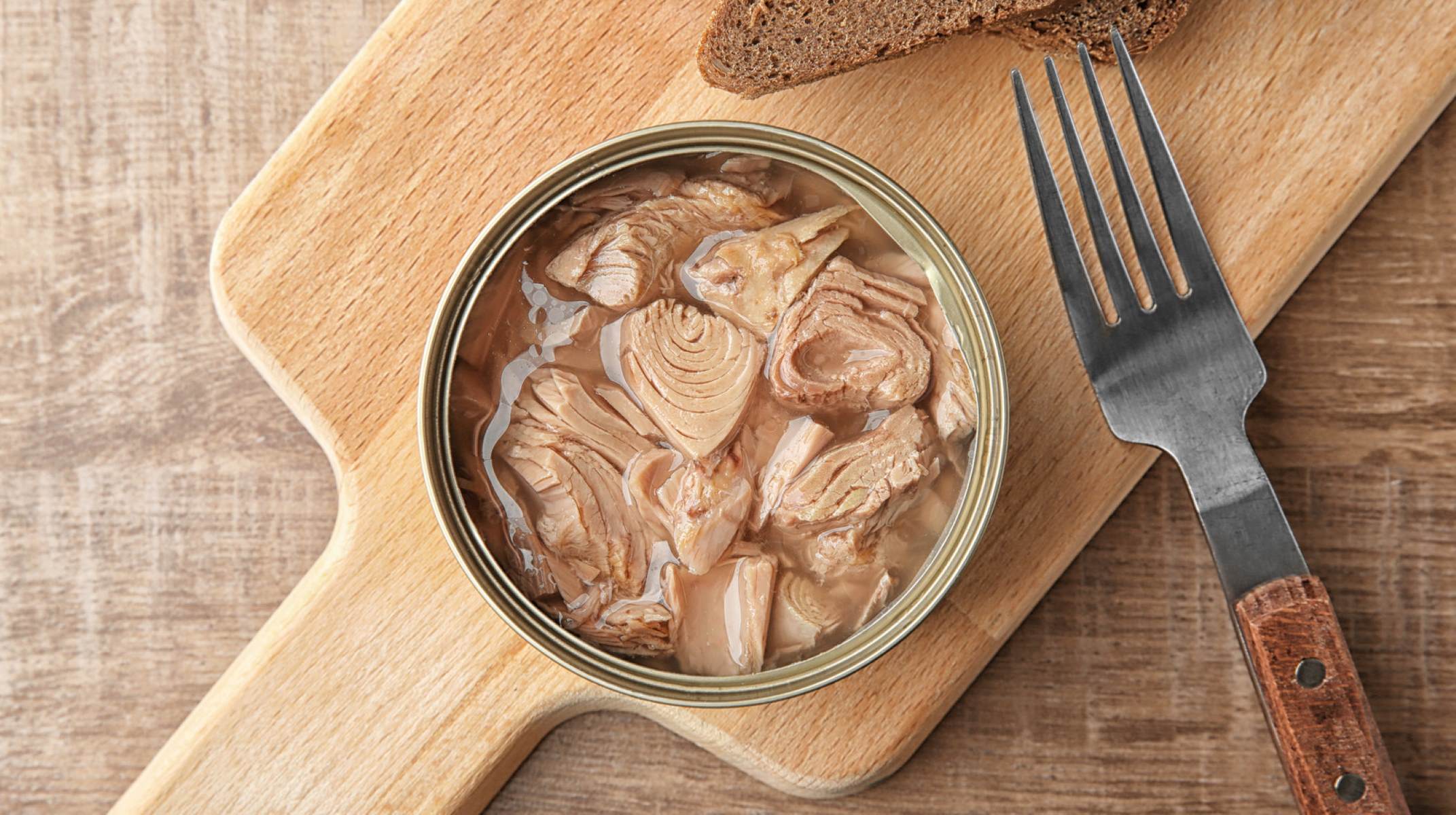
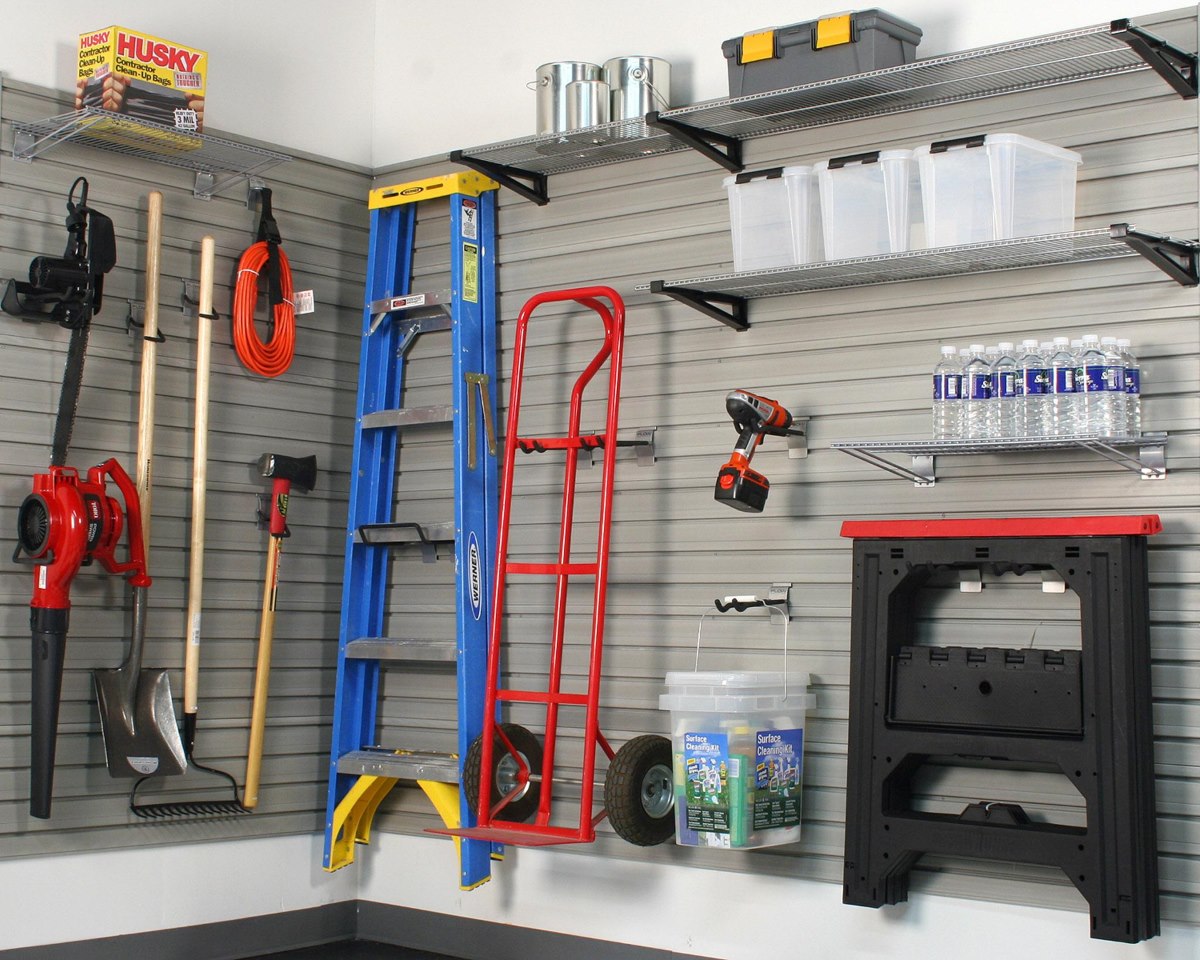
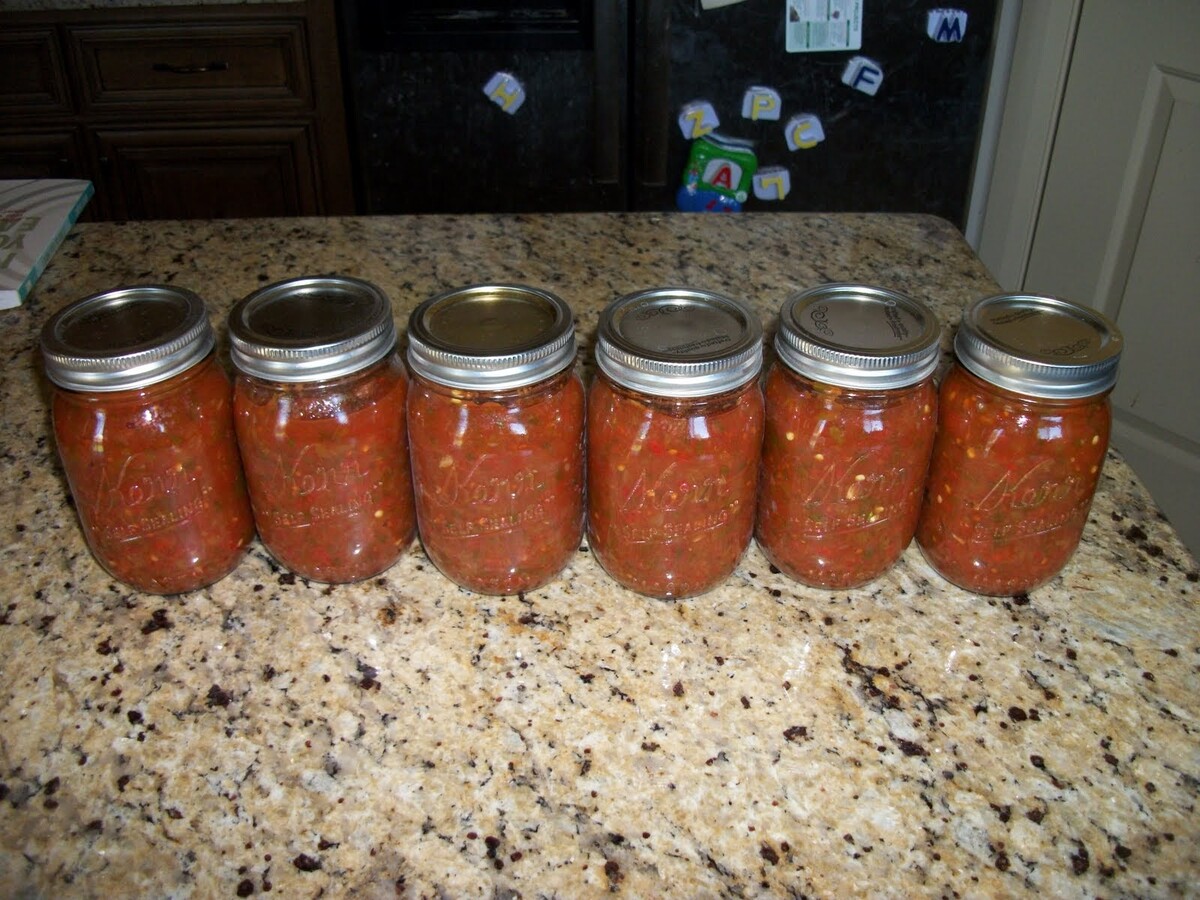


0 thoughts on “How To Store Shallots”